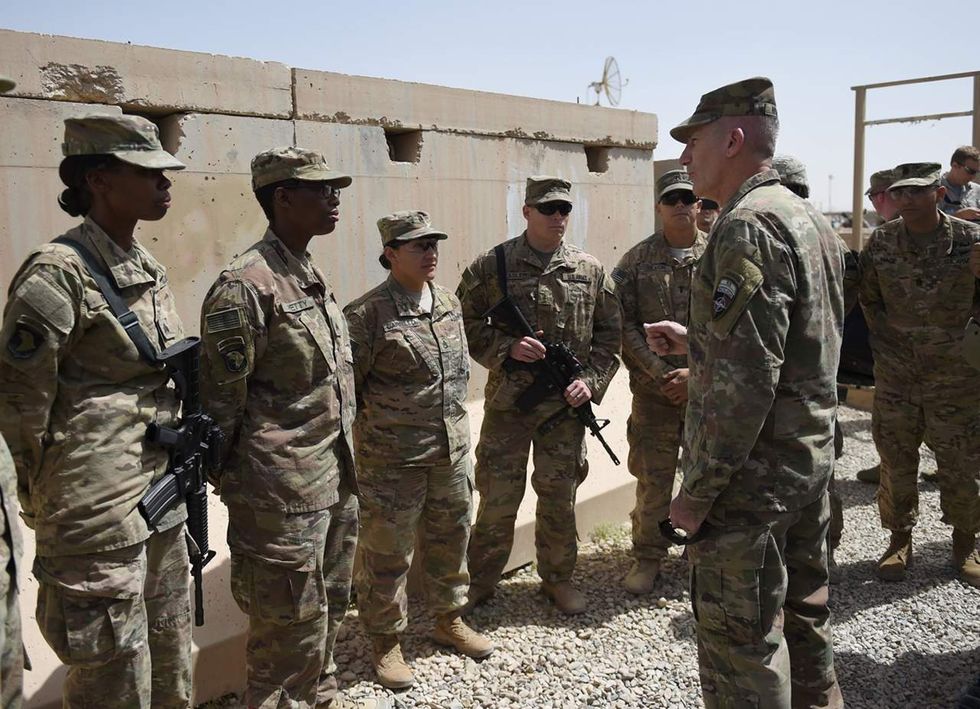
President Donald Trump wants to end the war in Afghanistan but so far, he isn't happy with the options his military advisers have put together. (Wakil Kohsar/AFP/Getty Images)

Since President Donald Trump's inauguration in January, most military decisions have been deferred to the generals surrounding him. Trump has allowed them to use their military expertise to decide how his administration handles situations — until he was given recommendations on how to deal with the war in Afghanistan.
According to military advisers, the 16-year-long war has come to "an eroding stalemate" and Trump has very few options.
"The least worst option," according a former U.S. official, is for him to send more troops to Afghanistan.
Although Secretary of Defense Jim Mattis has had the power to send additional troops for the past few months, he has not made the call and won't until he knows what direction the president chooses to take.
Part of the strategy moving forward would have to address "militant safe havens" in Pakistan, which has become a divisive issue among key advisers.
"The lack of options meant that the only recommendation that was originally to be put forward to the president was essentially the status quo," H.R. McMaster said, according to Reuters.
There has also been a debate on pulling the remaining troops out of Afghanistan or leaving the number of troops as it currently stands, neither of which advisers are key on.
"McMaster, Mattis, Tillerson, Dunford, Nicholson and some U.S. intelligence officials argue that refusing to commit more U.S. forces to train, equip and in some cases, support the Afghan security forces would eventually result in the Taliban retaking most of the country from the U.S.-backed government in Kabul," Reuters reported.
The Trump administration is exploring different options, including expanding drone strikes, providing aid to Pakistan and downgrading Pakistan as a major non-NATO ally.
Currently, there are 8,400 troops in Afghanistan, compared to more than 100,000 at the peak of the war in 2011.